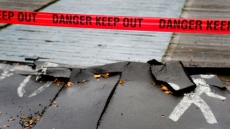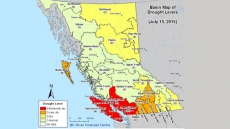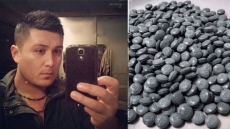MADEIRA PARK, B.C. — Stroll along a west coast shoreline and you might come across a diverse range of seaweeds — big, small and sometimes smelly.
They can be brown, green or red. And their shapes can include "crusts as thin as paint smears on a rock, delicate blades, wiry clumps, fleshy sacs or kelps as tall as a red cedar," writes Bridgette Clarkston in "A Field Guide to Seaweeds of the Pacific Northwest," a new water-repellent pamphlet from Harbour Publishing.
There are more than 640 species of seaweed in the Pacific Northwest.
Clarkston, a Comox-born seaweed biologist, highlights some of the most important and interesting varieties you're likely to encounter, including edible ones such as sea cabbage, giant kelp, bull kelp and the exotically named feather-boa kelp.
She also offers tidbits of information about how the plants are exploited commercially. Compounds extracted from brown seaweeds, for example, are used in everything from textiles and medical dressings to ice cream. Red seaweeds are widely used to preserve and thicken food.
Clarkston's advice to foragers is to harvest only the top 30 per cent of a seaweed, and collect only a few from any given area. Also, avoid heavily populated or industrialized areas, since "seaweeds can concentrate heavy metals and other pollutants."
"Dried into crispy chips, chopped into stir-frys or eaten straight off the beach, seaweeds are nutritious and delicious."
Washed onto shore in piles called drift or wrack, seaweeds begin to decay soon after exposure to air, which is why they have "the unfair reputation" of being smelly, Clarkston writes.
"Everything rotting smells unpleasant."




